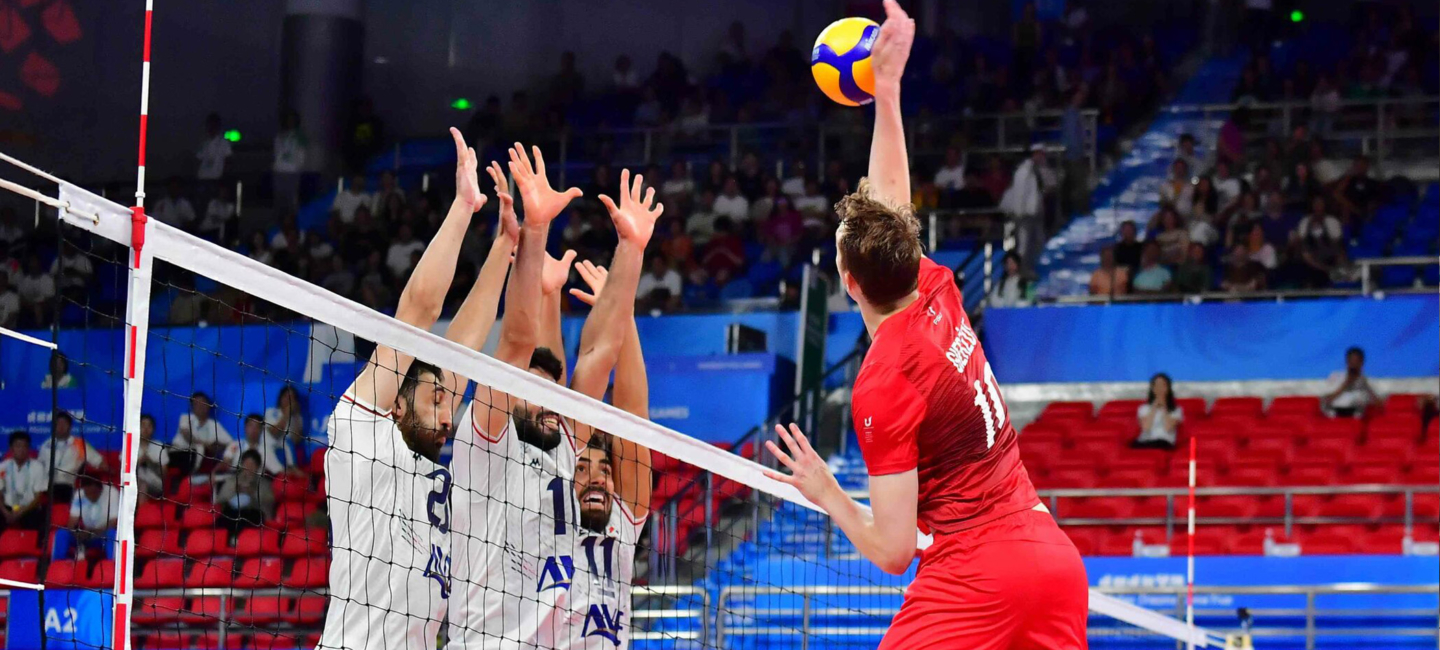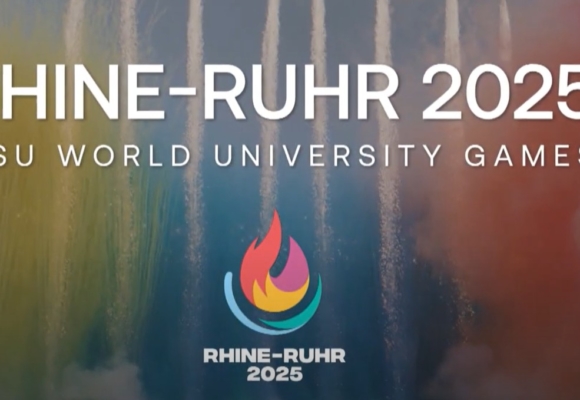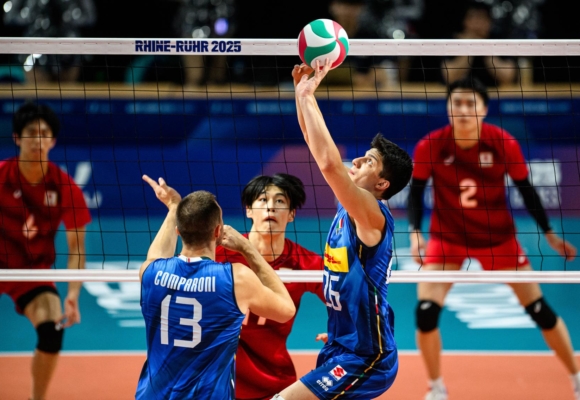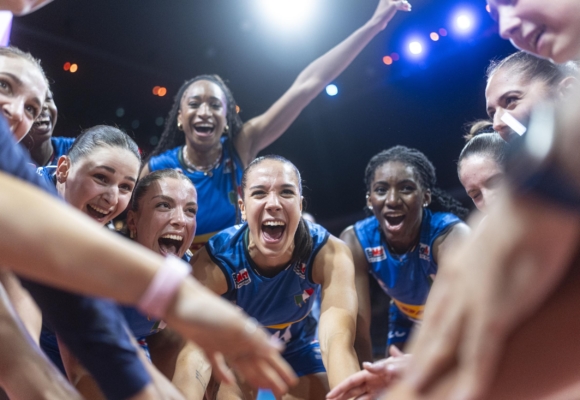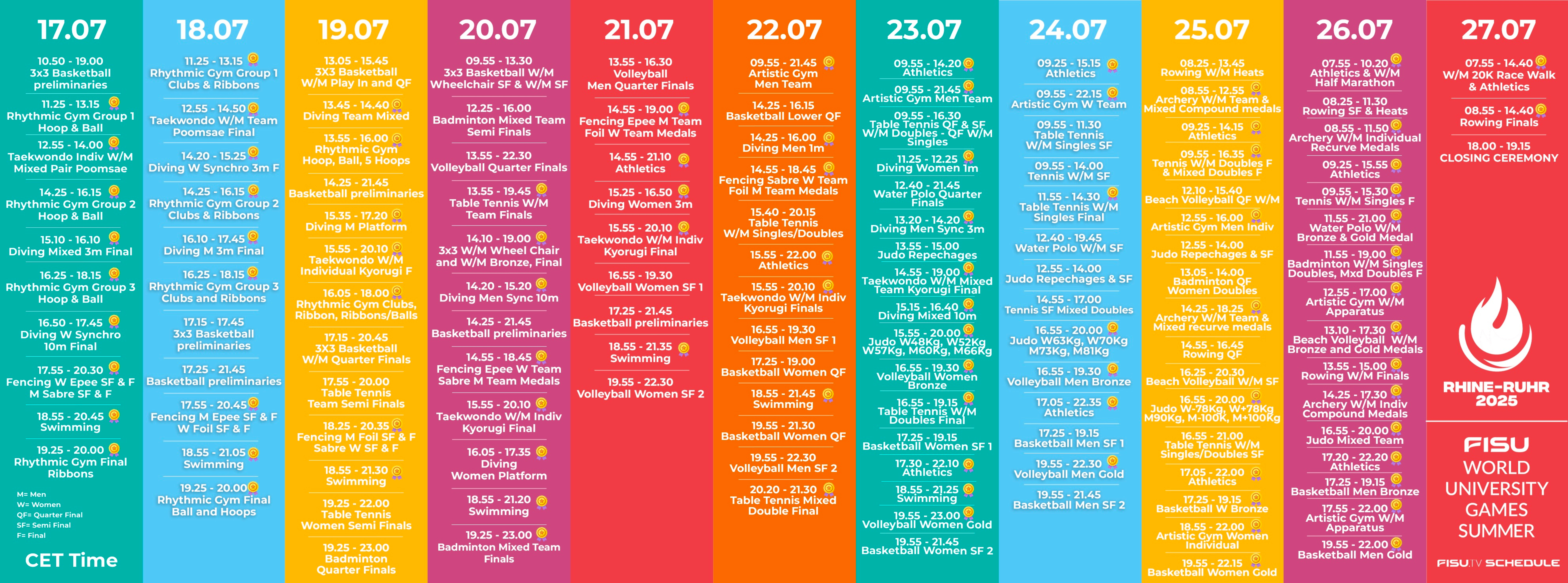From the very first Summer Universiade in Torino 1959, Volleyball has been a compulsory and successful sport. The level of the games and the continuous increasing number of participating teams is reflecting the interest Volleyball generates among our member federations.
News
All newsEvents
FISU Technical Committee Chair
Melanie Sanford
Technical Committee Chair
 can
can
 can
can
Resources
History of Volleyball in FISU
In Torino in 1959, 12 teams strove to win the gold medal in the men’s volleyball tournament. Czechoslovakia dominated the event beating Romania 3–0 in the final and losing just two sets in six games. In 1961 in Sofia, the women’s tournament was launched with six teams.
